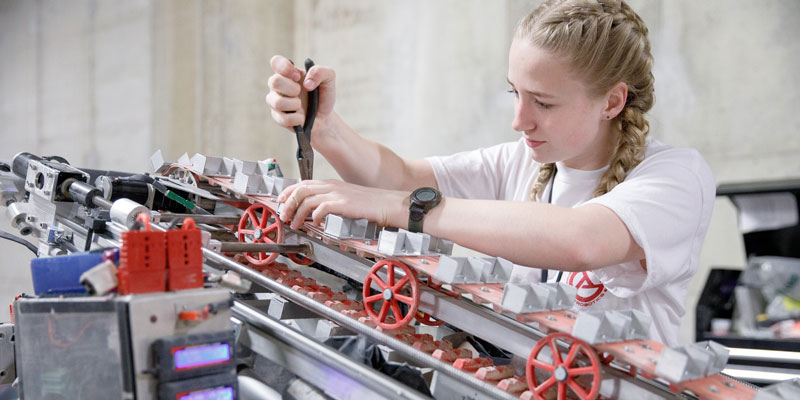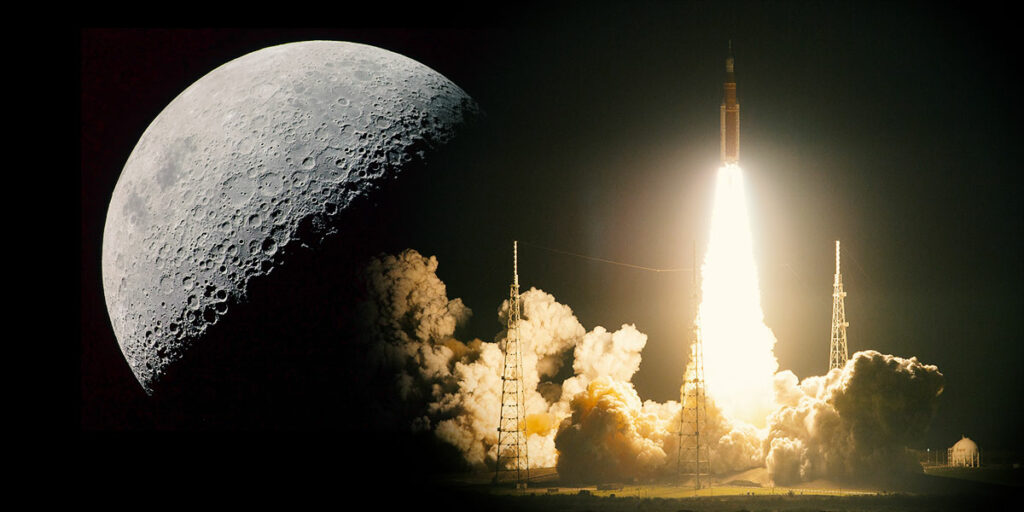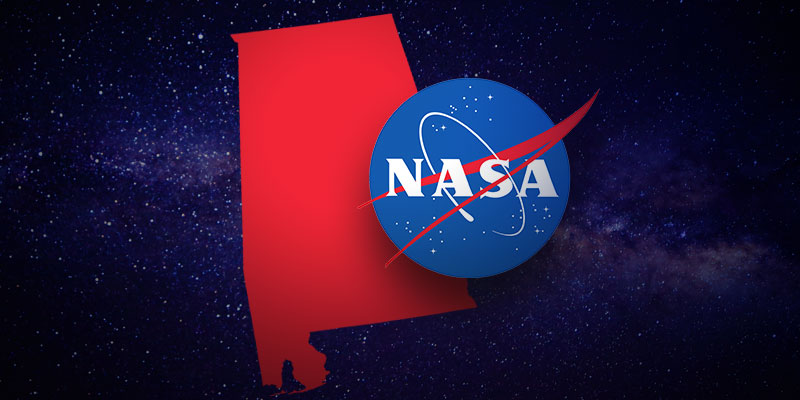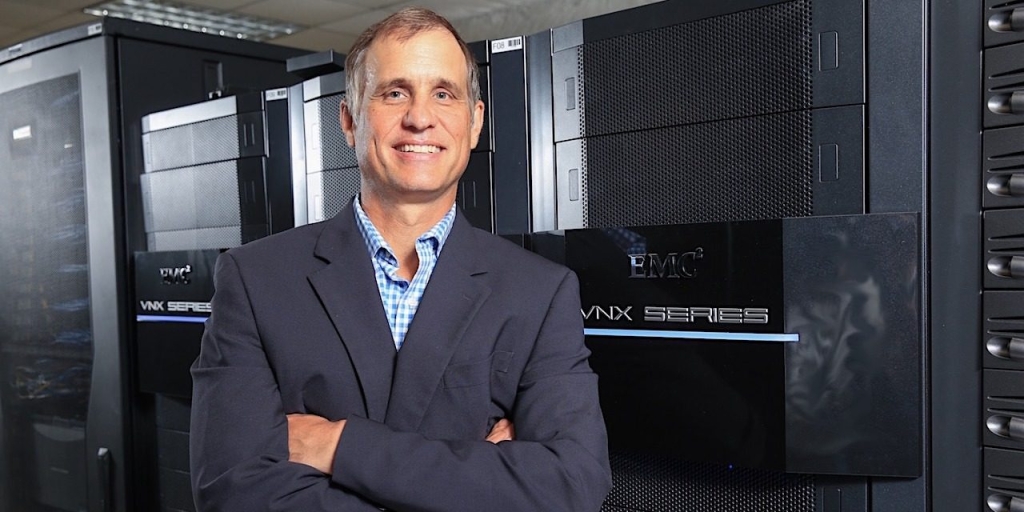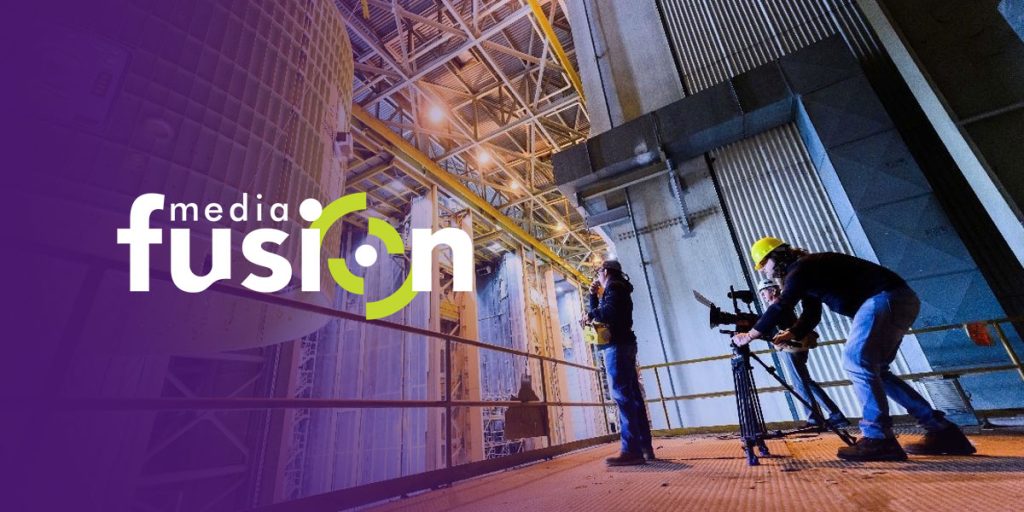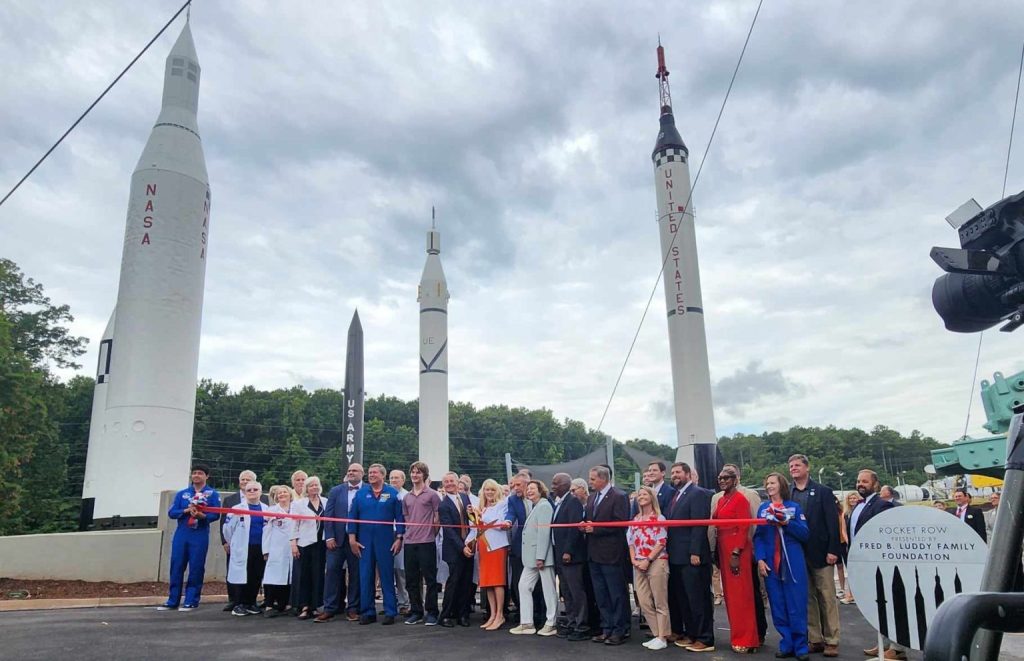For the fifth consecutive year, the student robotics team from the University of Alabama won the grand prize at NASA’s Robotics Mining Competition.
UA made the announcement Monday in a statement, explaining that the 60-student Alabama Astrobotics team, mostly from the College of Engineering, won the Joe Kosmo Award for Excellence in NASA’s 2019 robotic mining competition.
The University of Alabama’s team previously placed first in the same competition in 2012 and has done so each year since 2015.
“When the final results came out, it was a huge relief to finally see that all the hard work my team and I put in was worth it,” Max Eastepp, a senior serving as team lead of the squad, remarked.
This year, NASA’s competition was held virtually, rather than on-site at Florida’s Kennedy Space Center. Teams were judged on systems engineering papers and outreach project reports and had the options of submitting systems engineering plans and slide demonstrations.
In addition to the top prize, UA’s team also won first place for its systems engineering paper, its slide presentations and demonstrations and second place for its outreach report.
“This project makes our students better engineers,” Dr. Kenneth Ricks, adviser for Alabama Astrobotics and an associate professor of electrical and computer engineering, said.
“They go through a full design cycle with budget and schedule limitations, much like what they will encounter in industry,” he added. “The students also benefit from the relationships they create with companies looking to hire good engineering graduates. This networking aspect is a significant advantage.”
This came after a separate event hosted at the University of Alabama, in which UA’s team bested 27 other robotics teams from across the nation to win first in mining, first in the Caterpillar Autonomy Awards and the SSERVI Regolith Mechanics Award.
In the Robotic Mining Challenge held in Tuscaloosa, teams demonstrated how a robot they built over the past year could autonomously navigate and excavate simulated lunar and Martian soil, known as regolith.
“It’s significant that the UA competition results matched those of the NASA 2019 virtual competition results,” Ricks advised. “This year, the NASA representatives didn’t see our design perform at Kennedy Space Center, but because the College of Engineering helped us host the mining aspect of the competition, we were able to show that our design not only worked but set a new digging record, collecting 33.1 kg of gravel in 10 minutes.”
Both events are designed to provide a competitive environment to foster innovative ideas and solutions that could potentially be used during NASA journeys to the moon and Mars, in which the state of Alabama is playing a leading role.
The UA team’s sponsors included NASA and Huntsville-based Dynetics.
Sean Ross is a staff writer for Yellowhammer News. You can follow him on Twitter @sean_yhn




